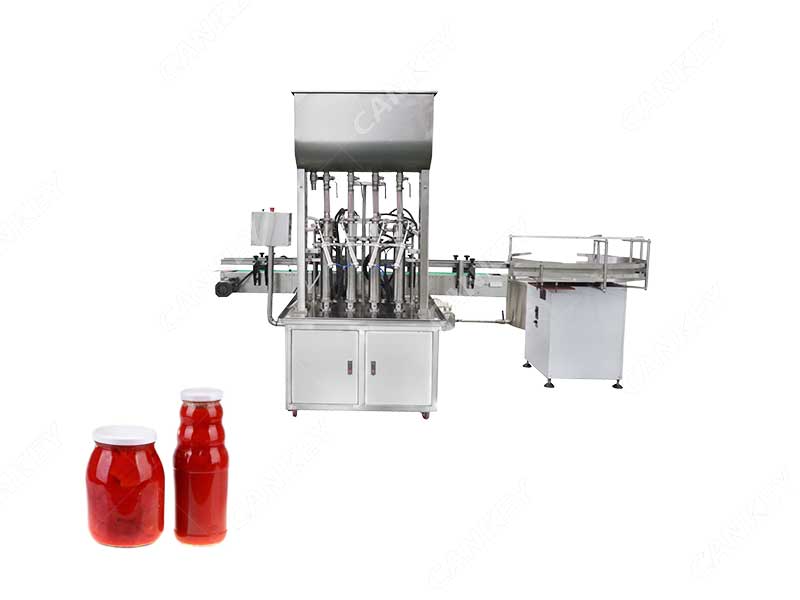In various industries, such as food, pharmaceuticals, cosmetics, and chemicals, the need for efficient and accurate paste filling processes is paramount. Paste filling machines have emerged as a reliable solution, streamlining production lines and increasing productivity. However, when considering the implementation of such machinery, it is essential to understand the factors that contribute to their cost. But how much does a paste filling machine cost? In this article, we will delve into the key considerations that determine the price of paste filling machines.
Factors affecting the cost:
- Machine capacity and speed:
Paste filling machines come in a range of capacities and speeds. Larger machines capable of filling a higher volume of paste in a shorter time frame typically command a higher price. The speed and capacity requirements of your specific production line will influence the cost of the machine you choose.
2. Filling accuracy and consistency:
Precision and consistency are crucial when it comes to paste filling. Machines equipped with advanced technology and superior filling mechanisms to ensure accurate and consistent fills may be priced higher. Features like servo-driven systems, specialized nozzles, and computerized controls contribute to enhanced accuracy, but they can increase the overall cost.
3. Machine construction and materials:
The construction quality and materials used in the manufacturing of the filling machine play a significant role in determining its price. Machines built with durable and corrosion-resistant materials tend to have higher upfront costs but offer long-term reliability and reduced maintenance expenses.
4. Automation and integration:
Paste filling machines can be integrated into existing production lines, providing seamless operations. The level of automation and integration capabilities can influence the overall cost. Machines equipped with advanced software, programmable logic controllers (PLCs), and human-machine interfaces (HMIs) may be more expensive due to their ability to streamline workflows.
5. Customization options:
Every production line has unique requirements. If your paste filling needs necessitate customization, such as specialized nozzle designs or tailored control systems, the cost of the machine will increase accordingly. Customization allows the machine to adapt precisely to your specific application but may add to the overall expense.
6. Brand reputation and support:
The reputation and track record of the manufacturer can affect the price of an paste filling machine. Well-established and reputable brands often offer reliable machines with excellent customer support and after-sales services. While such machines may be priced higher, the peace of mind and long-term benefits they provide can outweigh the initial cost.
When considering the purchase of a filling machine, it is crucial to understand the factors that contribute to its cost. It is advisable to assess your specific production needs and evaluate different suppliers to find the right balance between cost, functionality, and long-term reliability. Ultimately, investing in a high-quality filling machine can lead to improved productivity, reduced wastage, and increased efficiency for your business.


